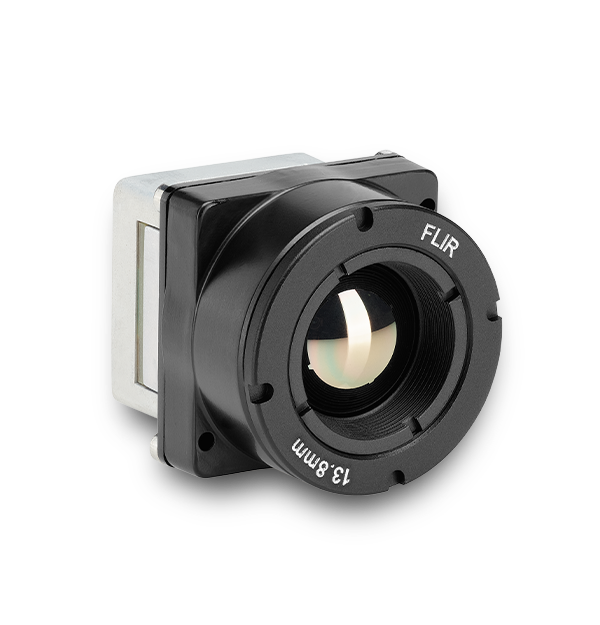Teledyne FLIR Expands Resolution Options for Thermal Camera


Teledyne FLIR added new Boson+ thermal resolution options, radiometry, and MIPI interface. (Photos: Teledyne FLIR)
In early April, Teledyne FLIR announced an expansion of the Boson+ thermal camera module product line with 24 compact models featuring 320 x 256 resolution. Boson+ is a longwave infrared (LWIR) camera line that can be integrated into unmanned aircraft systems (UAS) and used for a wide range of applications. Last month’s updates included MIPI and CMOS interfaces available on any resolution, in addition to the ability to detect temperature of each pixel.
Last week, Teledyne shared news of growth within its Thermal by FLIR program. The Teal 2 drone and BRINC’s LEMUR 2 drone—small UAS—both integrate Teledyne’s thermal camera modules.
Teledyne FLIR, originally FLIR Systems, was acquired by Teledyne Technologies in early 2021.
Oscar Angel, Product Manager at Teledyne FLIR, explained in a recent interview with Avionics International that the Boson+ camera is size, weight, and power (SWaP) optimized for a variety of different applications—“anything that requires thermal imaging within the spectrum of eight to 14 microns,” he said.
The camera requires no active lighting, which offers a lot of advantages for drone operations in particular. For applications like search-and-rescue, being able to locate a target at night becomes much easier with a thermal camera.
“We’re now starting to see more and more drone companies wanting to operate entirely at night,” Angel shared. “In autonomous unmanned applications, visible sensors have a limitation at night. They can implement low light sensors, but there’s still limitations with those. We’re seeing a trend in adding more of these thermal sensors onto airframes for nighttime navigation.”
The Boson+ sensor is about the size of a sugar cube. The compact and lightweight cameras can be integrated into most systems easily. “Our Hadron R product integrates a visible sensor as well as a thermal sensor,” he added. “Our customers do various integrations into gimbals.”

“Boson+ is in volume manufacturing and is a drop-in upgrade for systems designed with Boson, making upgrades low risk and plug-and-play simple.” – Dan Walker, vice president, product management, OEM cores at Teledyne FLIR54
Teal, a drone company that is working with Teledyne FLIR, provides drones for industrial and military applications. Angel noted that Teal’s drones can be used by firefighters to monitor the progress of a wildfire. Conventional helicopters are often utilized for firefighting, but drones are much less expensive to acquire and operate.
Angel and the Teledyne FLIR team have observed an increase in the use of MIPI (mobile industry processor interface) sensors for drones. UAS use processors similar to those of mobile phone processors. “We’re more broadly deploying the MIPI interface. We added that into every single Boson camera part number so customers are able to switch back and forth,” he said.
He shared with Avionics that they are working on filtering to improve image quality later this year, and they may also be working on unique automatic gain control in the near term. A next-generation camera with a smaller pixel pitch is on Teledyne’s long-term roadmap. “As we’ve seen over the last 20 years, the trend is to continue to go into smaller and smaller size packages,” Angel stated.
The post Teledyne FLIR Expands Resolution Options for Thermal Camera appeared first on Avionics International.
—————
Boost Internet Speed–
Free Business Hosting–
Free Email Account–
Dropcatch–
Free Secure Email–
Secure Email–
Cheap VOIP Calls–
Free Hosting–
Boost Inflight Wifi–
Premium Domains–
Free Domains





